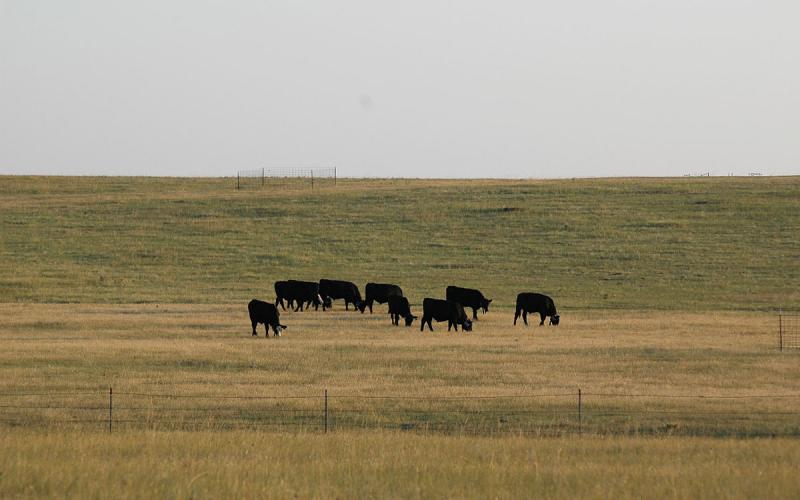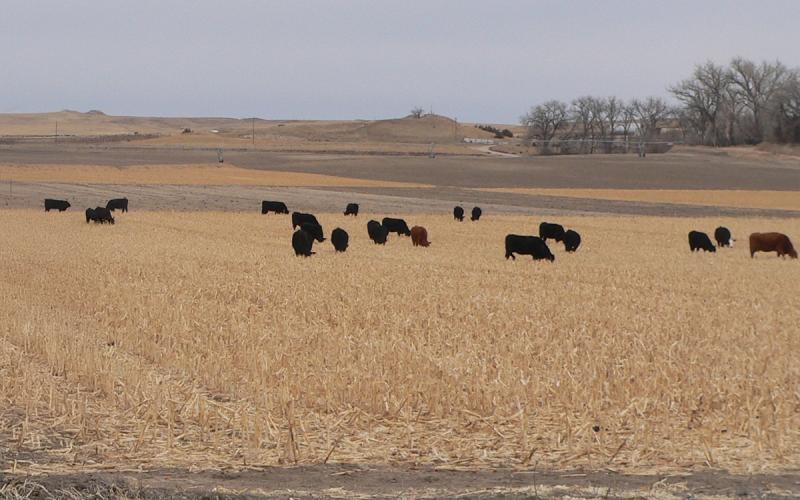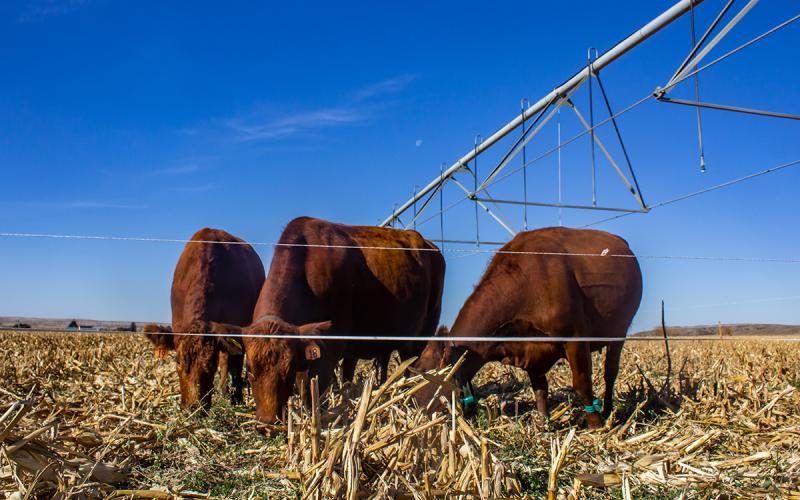Bull nutrition is often overlooked by many producers, except when problems arise. Bulls are often managed as one group even though there may be large differences in age, size, and body condition. Seedstock producers are the primary individuals managing the development program of bulls being sold. For commercial producers, feeding programs usually include feeding purchased bull(s) from delivery until the breeding season and bulls retained from one breeding season to the next.
Bull Nutrition
Related Content

Mar
19
Tools for Managing Cattle Nutrition and Preparing for the Grazing Season Cattle HQ Live
Join SDSU Extension's beef team to gain valuable insights to improve the health, productivity and profitability of your herd. This month we will discuss online tools to help with managing cattle nutrition and preparing for the grazing season.

Why Cropland Grazing Now?
The evidence is consistent: cropland grazing delivers measurable economic returns, proven soil health benefits, and growing adoption in South Dakota.

Stretch the Grazing Season by Grazing Corn Residue
Grazing corn residue can be an excellent strategy for stretching the grazing season. Learn some expert tips for making the most of corn residue before switching over to the feed tractor in the winter.